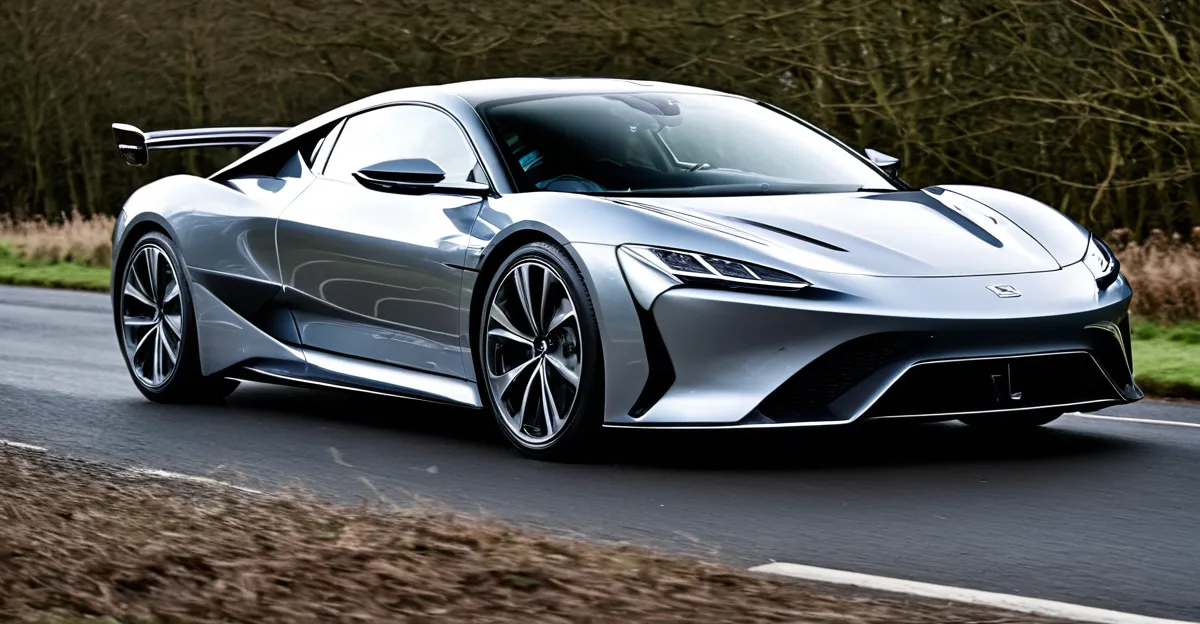Pioneering Technologies in UK Automotive Design
Innovations in automotive design are rapidly transforming the UK automotive industry, particularly through advances in electric vehicles and autonomous driving technologies. Emerging electric vehicle architectures are reshaping traditional car design by allowing greater flexibility in vehicle layout. This evolution is driven by the elimination of conventional engine components, freeing up space and enabling new structural solutions tailored to optimize battery placement, weight distribution, and interior spaciousness.
The integration of autonomous driving systems adds complexity and opportunity to the design process. Advanced driver-assistance systems (ADAS) are becoming fundamental features that influence both the hardware architecture and the user interfaces within vehicles. UK manufacturers are at the forefront in merging these technologies, combining sensor arrays, cameras, and AI-powered processors to enable increasingly sophisticated autonomous capabilities.
Additional reading : What are the implications of global trade policies on UK car exports?
UK automotive companies lead the sector by embracing these innovations swiftly. Their proactive development of electric drivetrains and autonomous features not only enhances safety and efficiency but also positions the UK as a leader in future mobility. This technological adoption directly impacts design aesthetics while improving vehicle functionality and sustainability.
By leveraging these pioneering technologies, the UK automotive industry is redefining what modern vehicles look like and how they perform, catering to evolving consumer demands and regulatory standards.
Also to discover : How is the UK automotive market evolving in the era of connectivity?
Sustainable Materials and Eco-Conscious Design Approaches
Increasingly, the UK automotive industry prioritizes sustainable automotive materials to reduce environmental impact while maintaining performance. There is a significant shift towards using recycled and bio-based materials in both interiors and exteriors. For example, manufacturers incorporate fabrics made from recycled plastics and bio-composites for structural components, aligning eco-friendly car design goals with durability requirements.
Lightweight engineering plays a crucial role in enhancing energy efficiency. By reducing vehicle weight through innovative material choices—such as hemp-based composites and natural fiber reinforcements—designers contribute to lower energy consumption in electric vehicles. This approach extends driving range and reduces emissions, directly supporting green innovation in the UK.
UK startups and established manufacturers alike showcase notable examples of this shift. Some employ circular economy principles by designing components for ease of recycling and reuse. These eco-conscious initiatives reflect the industry’s commitment to sustainability while pushing the boundaries of automotive design innovations. This balanced focus ensures that environmental stewardship complements advances in electric mobility and autonomous driving technologies seamlessly.
Digital Tools Revolutionising the Design Process
Digital design tools have become indispensable in the UK automotive industry, fundamentally altering how vehicle concepts are developed. The adoption of artificial intelligence and 3D modelling accelerates early-stage design by enabling precise simulations of vehicle components and systems. This approach reduces reliance on physical prototypes, speeding up iterations and lowering costs.
Virtual reality (VR) and augmented reality (AR) are increasingly employed for immersive design visualisation. Designers and engineers can explore vehicle interiors and exteriors at full scale before production, improving decision-making and collaboration. This level of interaction enhances the accuracy and creativity of automotive design innovations while aligning with increasingly complex vehicle requirements, such as those in electric vehicles and models with advanced autonomous features.
Efficiency gains from these digital tools also translate into shorter development cycles. Faster time-to-market allows UK manufacturers to respond swiftly to evolving consumer preferences and regulatory demands. By integrating digital design tools, the UK automotive sector maintains its competitive edge, delivering innovative vehicles that meet both technological and sustainability goals with precision and agility.
Connected and Intelligent Vehicle Ecosystems
The UK automotive industry is pioneering advancements in automotive connectivity by integrating Internet of Things (IoT) and vehicle-to-everything (V2X) technologies. These connections enable vehicles to communicate not only with each other but also with infrastructure, pedestrians, and cloud services, significantly enhancing situational awareness and safety. By leveraging this ecosystem, drivers benefit from real-time traffic updates, adaptive routing, and predictive maintenance alerts.
Smart vehicles in the UK incorporate sophisticated sensor networks and onboard computing to process vast data streams, supporting features such as collision avoidance and automated emergency responses. This technological integration improves user experience by enabling seamless interaction between drivers, passengers, and the vehicle’s digital environment. UK automotive manufacturers collaborate closely with technology firms to develop scalable solutions that enhance connectivity without compromising security or privacy.
Moreover, these connected ecosystems contribute to sustainability goals by facilitating efficient energy use and smoother traffic flows, reducing emissions. The continuous evolution of smart vehicles UK highlights the industry’s commitment to future-proof designs that merge convenience, safety, and environmental responsibility.







